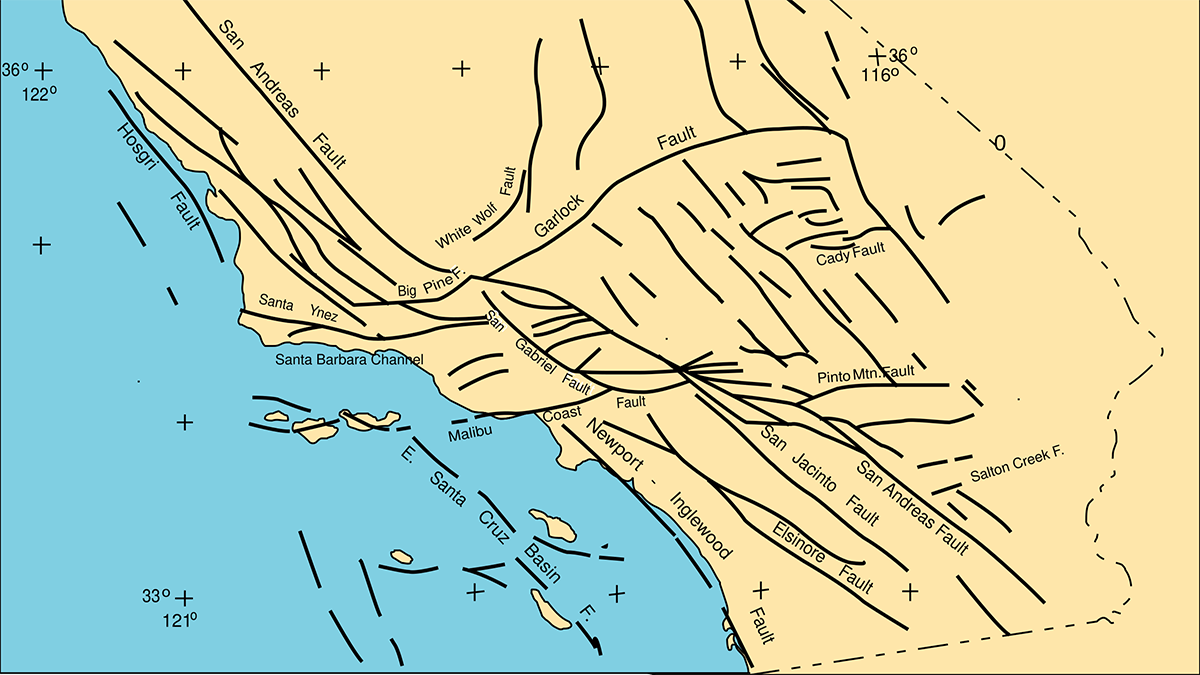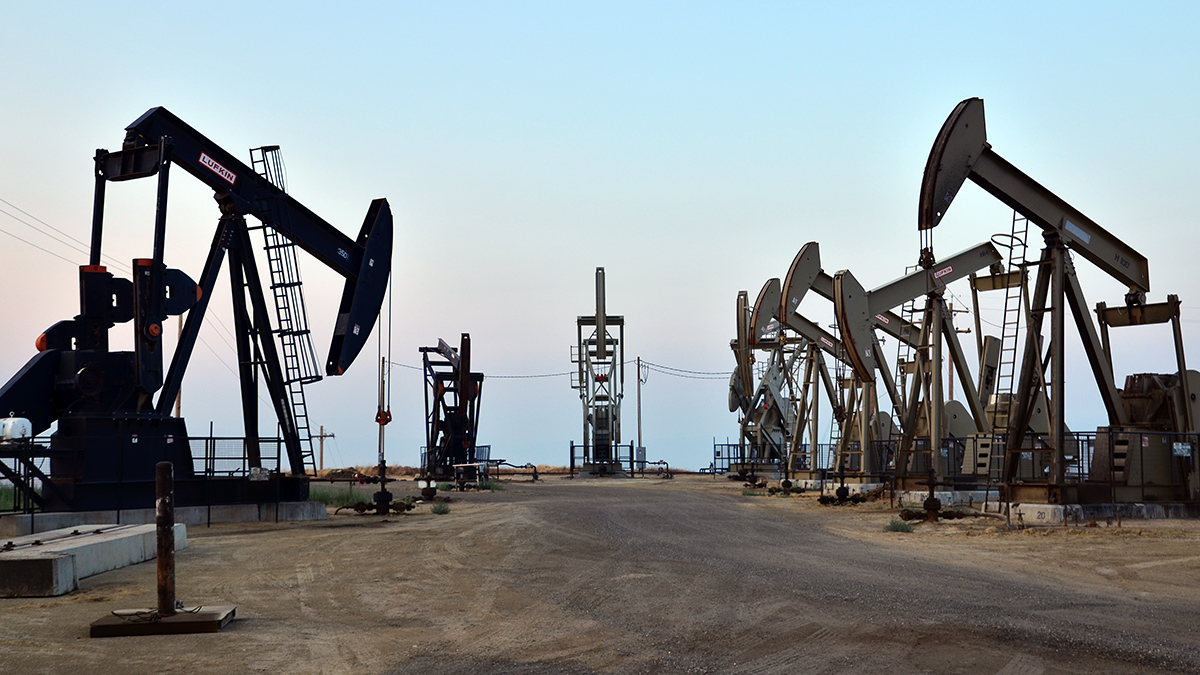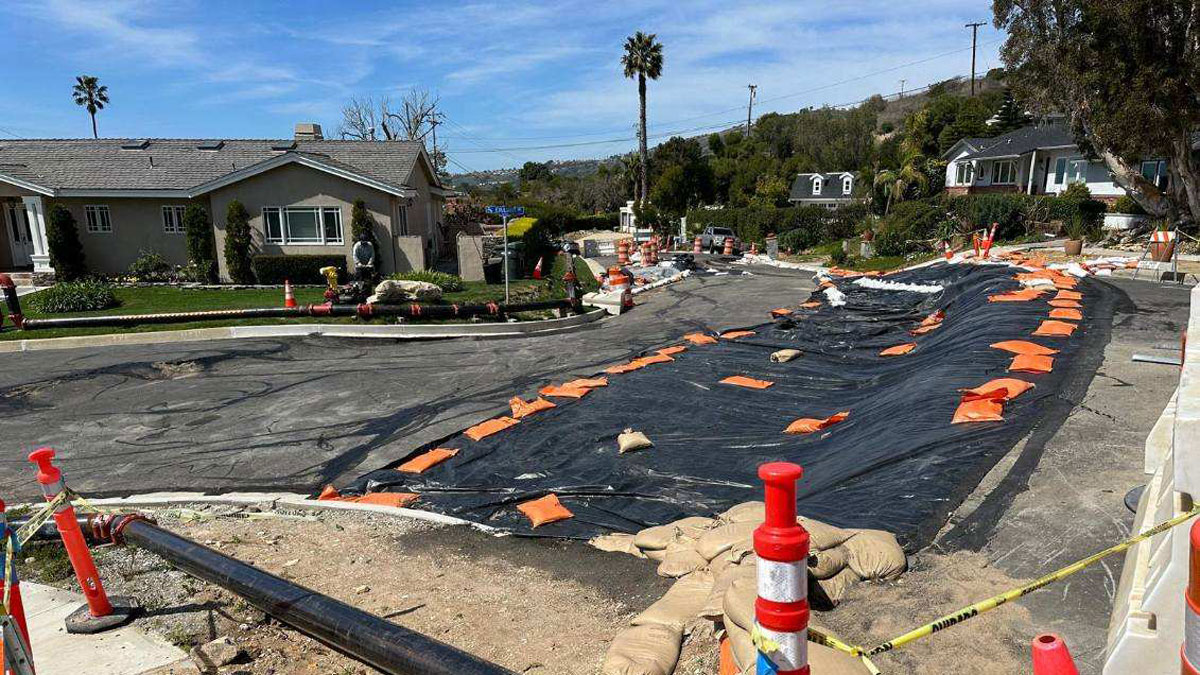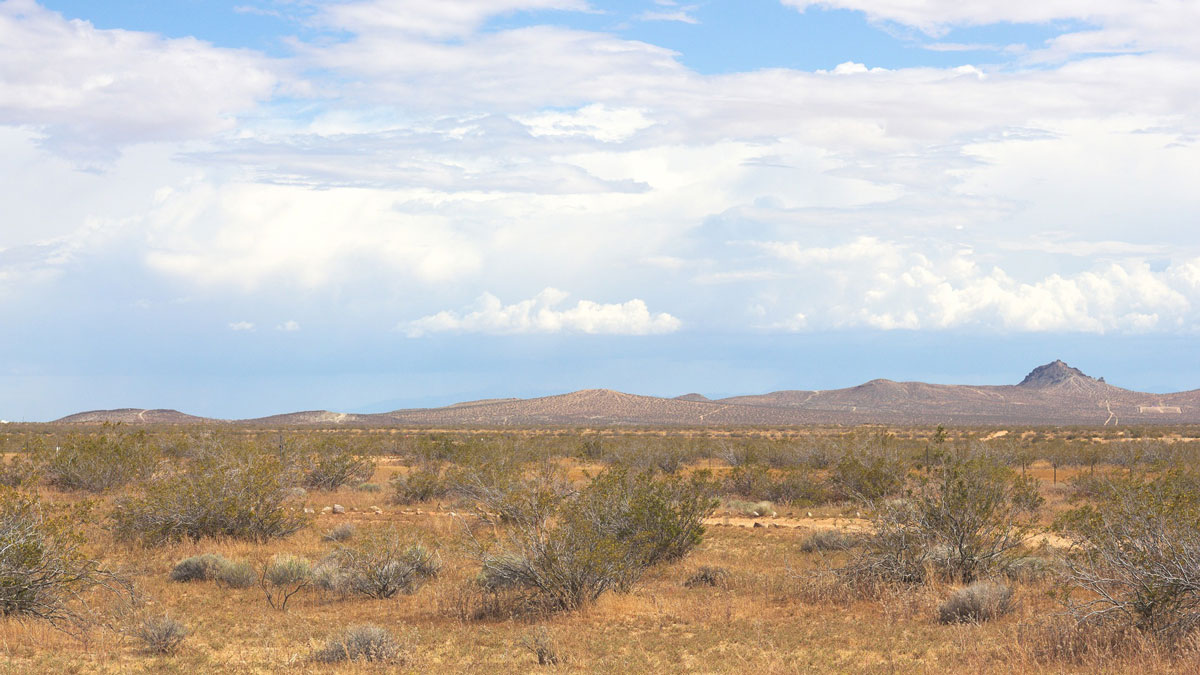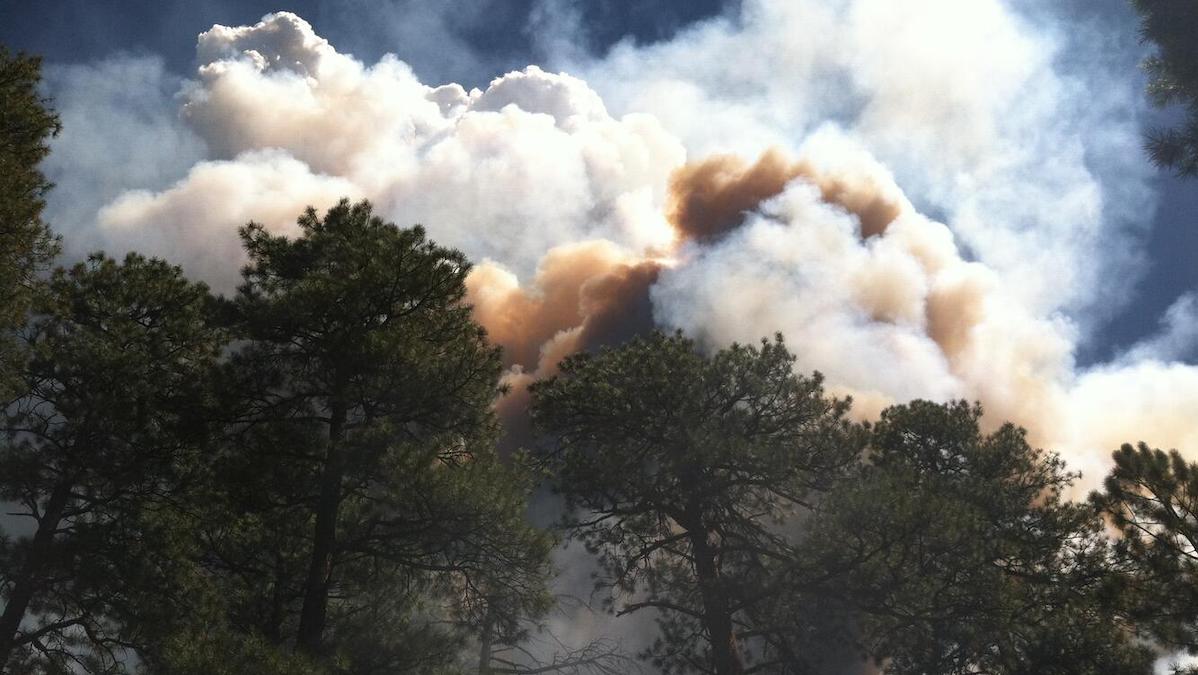A recent study offers an alternative perspective on why some fault segments slide smoothly, whereas others get stuck and produce earthquakes.
California
Oil, Gas, and COVID-19
Early in the pandemic, people living near oil and gas wells experienced higher rates of COVID-19 and related mortality compared with those with no exposure to well pollution.
California Wildfires and Weather Are Changing Erosion Patterns
Sediment runoff from the state’s increasingly severe wildfires and heavy rain events may affect ecosystems and water resources downstream.
Rancho Palos Verdes Landslides Have Residents Seeking Science
Residents of Rancho Palos Verdes are looking to the scientific community for help in understanding the slow-moving landslides that are destroying their community.
Fiber-Optic Cables Used to Measure Changing Soil Moisture
Scientists are using seismic techniques to measure soil moisture. Their results show that recent droughts in California depleted water in the shallow subsurface.
Cloud Brightening Could Have Unintended Effects in a Warming World
New research shows that though marine cloud brightening holds potential to temporarily reduce heat stress regionally, the technique has unpredictable and far-reaching outcomes.
Wildfire Smoke Affects the Function of Lake Ecosystems
Smoke-covered lakes see shifts in biological and energy processes that influence food webs, carbon storage, and more.
A Powerful New Model for U.S. Climate–Air Quality Interactions
NOAA’s Geophysical Fluid Dynamics Laboratory has developed a new variable-resolution global chemistry-climate model for research at the nexus of U.S. climate and air quality extremes.
Forecasters Expect Slow Start to U.S. Wildfire Season
A wet spring in the United States will dampen early fires, but some regions will see elevated risk this summer.
Earthquakes Can Trigger Megathrust Slip in Cascadia
A 2022 earthquake in Northern California may have triggered slow slip in the Cascadia Subduction Zone, according to a new study.

